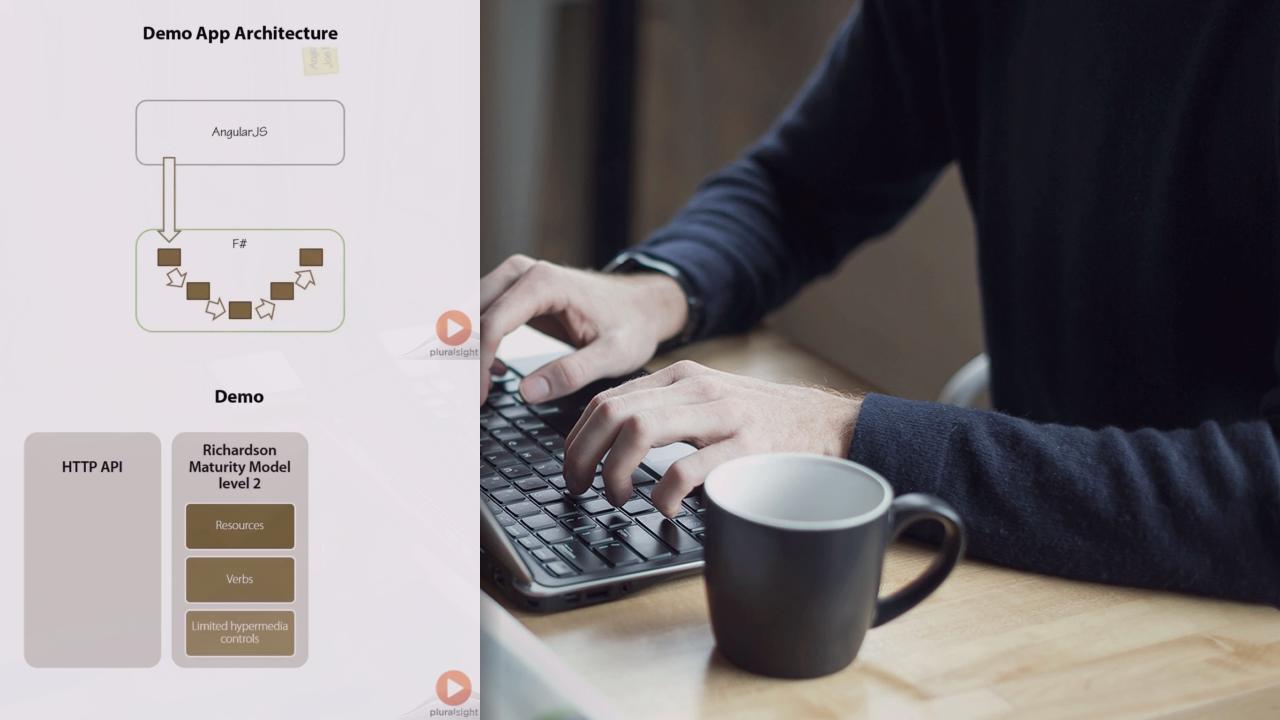- Course
A Functional Architecture with F#
Learn how to build mainstream applications with F#.

- Course
A Functional Architecture with F#
Learn how to build mainstream applications with F#.
Get started today
Access this course and other top-rated tech content with one of our business plans.
Try this course for free
Access this course and other top-rated tech content with one of our individual plans.
This course is included in the libraries shown below:
- Core Tech
What you'll learn
F# is a Functional language in the .NET framework; while most people still regard it as a niche language, it’s a Turing complete, general purpose language, so you can build almost any sort of application with it. However, with its strong focus on immutability, programmers used to Object Orientation struggle with creating a proper architecture for a Functional system. This course provides an example of how to build a mainstream application in F#, using extensive demos to build a comprehensive demo application from scratch.

